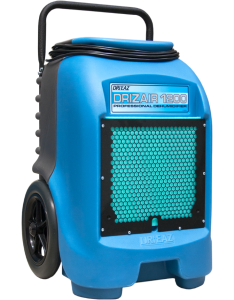Drying methods and equipment
DisasterCare has a wealth of knowledge and expertise in the drying of building structures and of different building materials. The objectives on commencing any water damaged property project are to minimise secondary damage and indemnity spend, ensure the structural integrity of the building is maintained, and return the property to it’s pre-incident (dry) condition.
A wide range of drying technologies are employed depending on the individual circumstances of each individual water damage claim:-

Refrigerant Dehumidifier

Convectant Dehumidifier

Air Mover

Dessicant Dehumidifier






